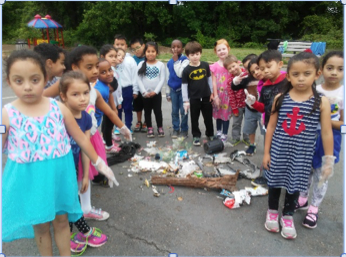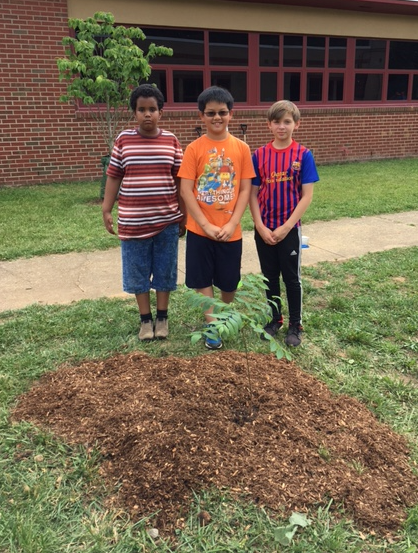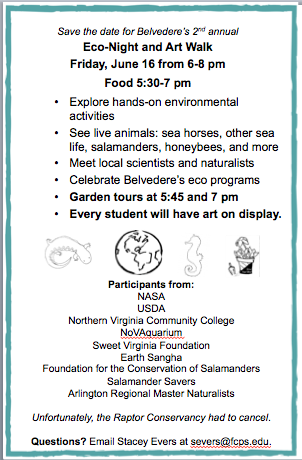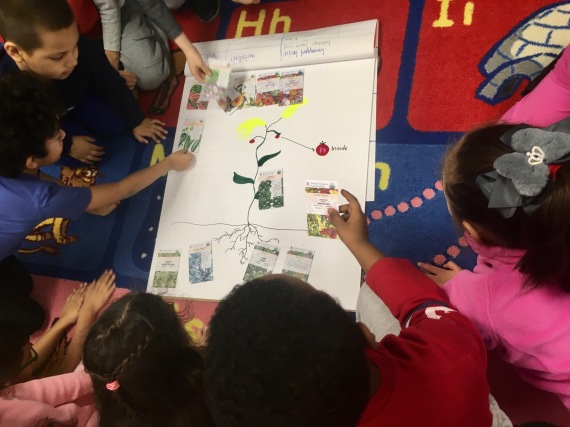
First-graders in Ms. Bolton’s class have been learning about plants: plant parts, the functions of each part, and the order that the parts develop. They’ve also been exploring food and which part of a plant different types of food are; for instance, a carrot is a root, spinach is a leaf and broccoli is a flower. They’ve also been learning that the plants we eat for their roots, leaves and stems — the parts that develop first — are usually the ones that get planted first, when temperatures are still pretty cool. The plants that we eat for their flowers and fruits, like peppers, tomatoes and melons, are planted in late spring when the soil and air are warmer.
Thanks to a generous donation of seeds from Southern Exposure Seed Exchange, the students were able to help Ms. Evers sort the newly arrived seed packets by when we’ll plant the seeds: in cooler temps or warmer ones. A drawing of a plant with all of its parts helped the students decide whether to put the seed packets by the roots (cool) or by the flowers and fruits (warm).



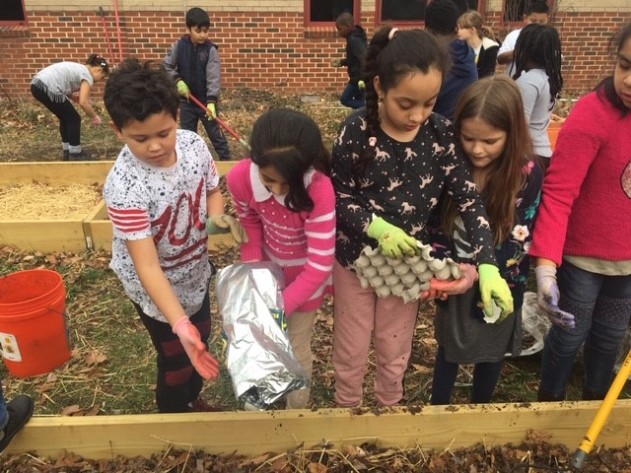
 Each third grade class has been assigned two raised beds to build soil in. This week and next, they’ll create their class “recipe” for that soil and mix in the ingredients. They’re taking notes about each material that they add to the bed and a measurement of how much of that material they used. Ingredients include carbon sources (“browns” in composting) like pencil shavings, shredded leaves (thanks, Ms. Buchanan!), shredded office paper, dryer lint, eggshells, unbleached cotton balls, empty TP rolls and paper egg cartons as well as nitrogen sources (“greens” in composting) like veggie scraps, banana peels, and huge bags of coffee grounds from the lounges and Starbucks. They’re adding the ingredients in layers of greens and browns, a method called “lasagna gardening.”
Each third grade class has been assigned two raised beds to build soil in. This week and next, they’ll create their class “recipe” for that soil and mix in the ingredients. They’re taking notes about each material that they add to the bed and a measurement of how much of that material they used. Ingredients include carbon sources (“browns” in composting) like pencil shavings, shredded leaves (thanks, Ms. Buchanan!), shredded office paper, dryer lint, eggshells, unbleached cotton balls, empty TP rolls and paper egg cartons as well as nitrogen sources (“greens” in composting) like veggie scraps, banana peels, and huge bags of coffee grounds from the lounges and Starbucks. They’re adding the ingredients in layers of greens and browns, a method called “lasagna gardening.”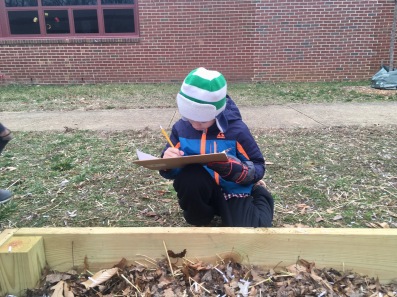 The recipe notes will be uploaded into a spreadsheet shared among the five classes so they can compare recipes. After students plant later this year, they’ll be able to use this data to think about why some gardens might be doing better than others. For now, though, we’re getting ready to cover the beds with dark tarps and let that lasagna (soil) cook!
The recipe notes will be uploaded into a spreadsheet shared among the five classes so they can compare recipes. After students plant later this year, they’ll be able to use this data to think about why some gardens might be doing better than others. For now, though, we’re getting ready to cover the beds with dark tarps and let that lasagna (soil) cook!






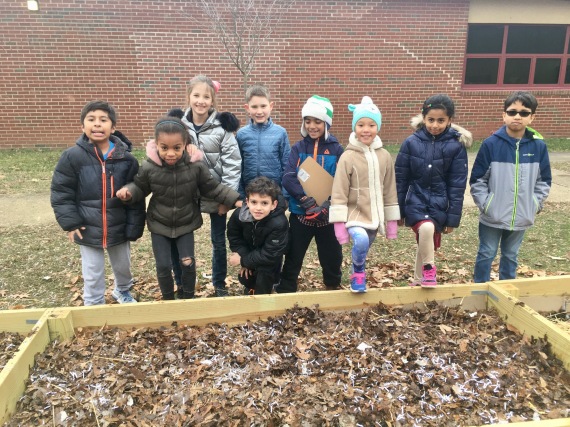
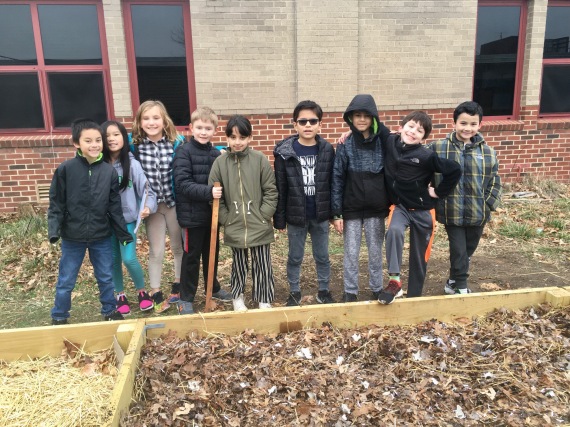
 There’s no such thing as bad weather, only bad clothes: This Scandinavian saying is the Belvedere Outdoor Club’s unofficial motto. And the club lived by it this weekend, taking in the beauty of the wet woods. One reward: five exciting stream crossings.
There’s no such thing as bad weather, only bad clothes: This Scandinavian saying is the Belvedere Outdoor Club’s unofficial motto. And the club lived by it this weekend, taking in the beauty of the wet woods. One reward: five exciting stream crossings.

 Ms. Bolton’s gardeners are getting ready for spring already! They made paper pulp out of shredded paper and newspaper, then used it to line yogurt cups.
Ms. Bolton’s gardeners are getting ready for spring already! They made paper pulp out of shredded paper and newspaper, then used it to line yogurt cups.



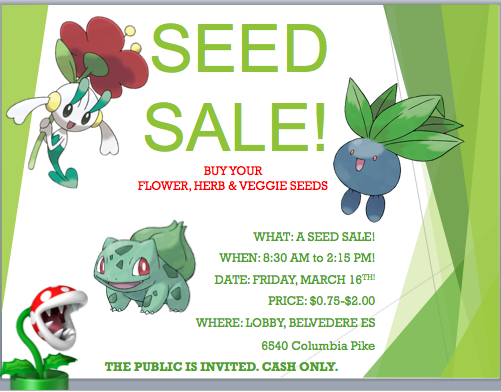
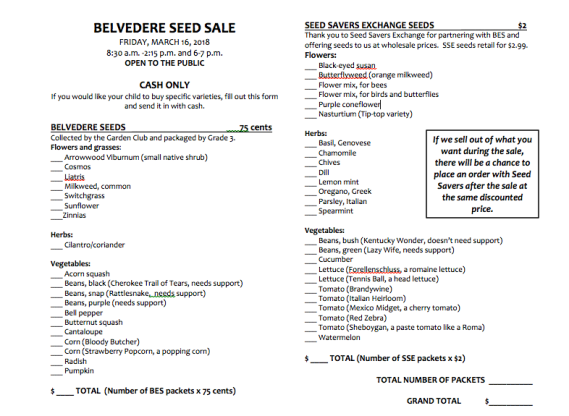
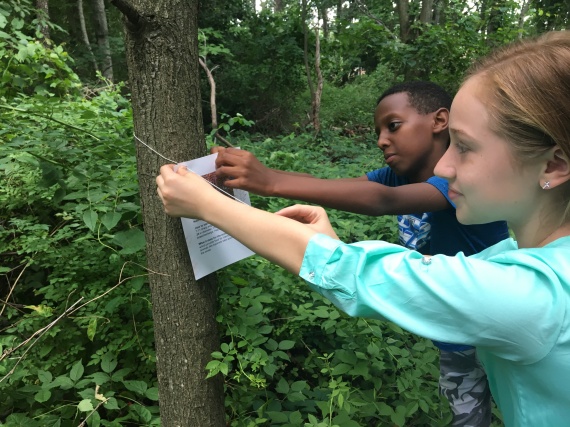
 The fifth graders researched and created 24 signs that identify native and invasive plants in the park, describe how the plants affect the ecosystem, and answer questions about the watershed. Some of the signs were posted before the end of the school year, but have been taken down for the summer. Look for them in September!
The fifth graders researched and created 24 signs that identify native and invasive plants in the park, describe how the plants affect the ecosystem, and answer questions about the watershed. Some of the signs were posted before the end of the school year, but have been taken down for the summer. Look for them in September!

